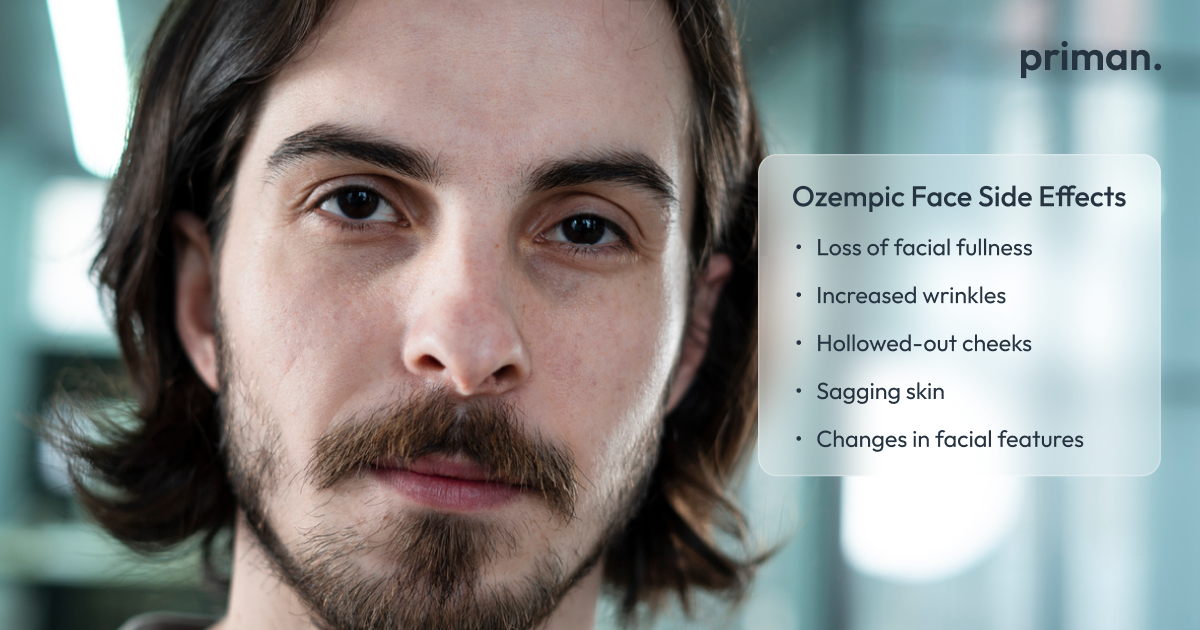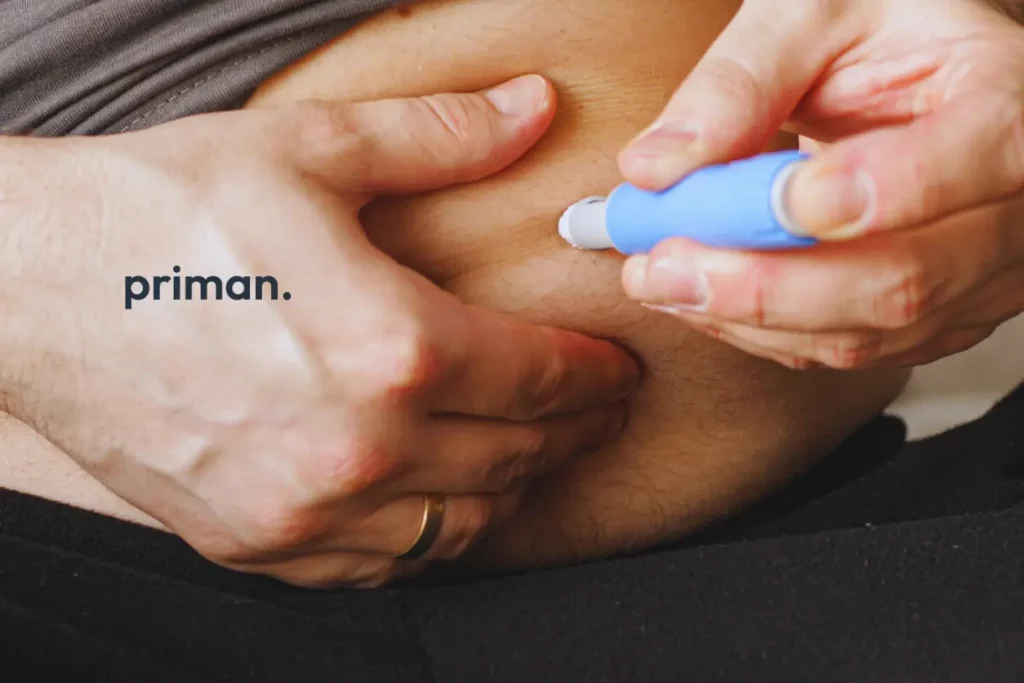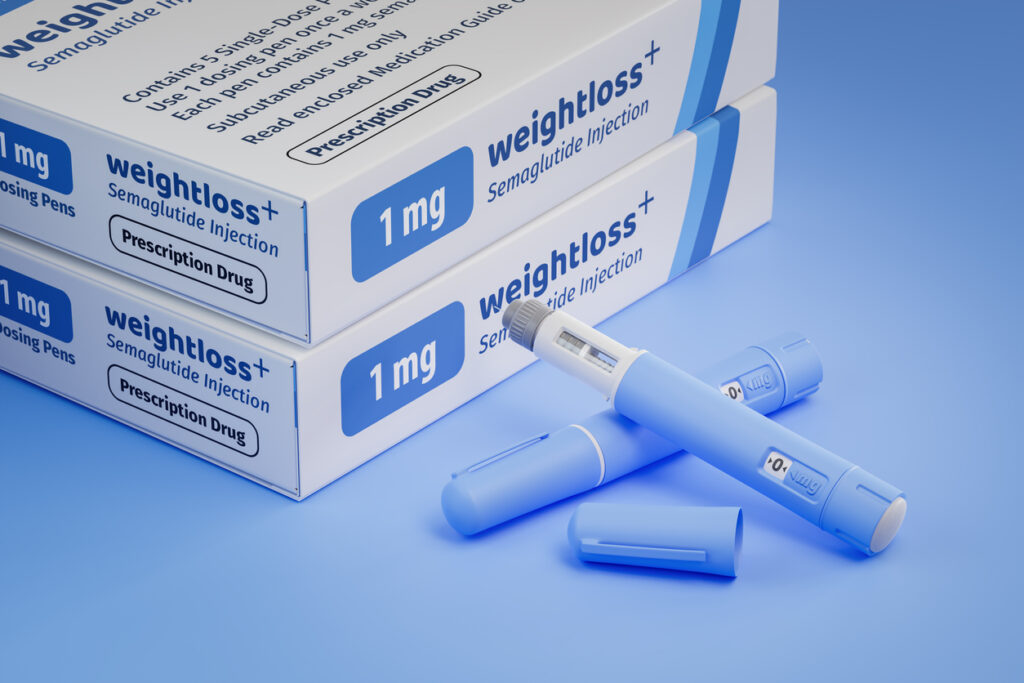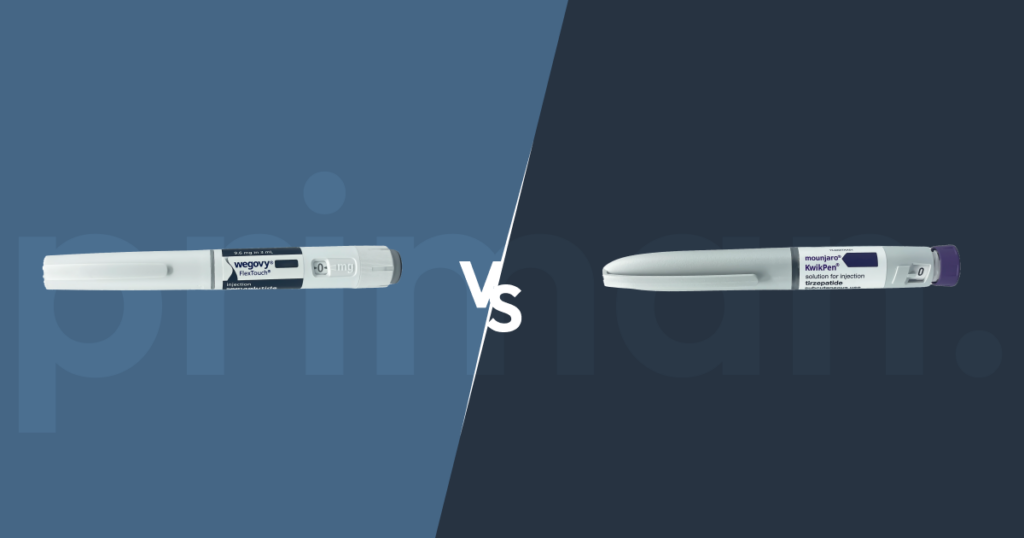Ozempic, a medication used to treat type 2 diabetes, has gained popularity for its weight loss benefits. While it’s an effective medication for many, it’s important to be aware of potential side effects. One such side effect that has been garnering attention is “Ozempic face.”
What is Ozempic Face?
Ozempic face refers to a condition where individuals experience facial sagging or skin laxity. This occurs due to rapid weight loss, which can cause the skin to lose its elasticity. When the body rapidly sheds weight, the underlying tissues may not contract at the same pace, resulting in a sagging appearance.
Does Semaglutide Contribute to Facial Changes?
Ozempic (semaglutide) is a glucagon-like peptide-1 (GLP-1) receptor agonist used to treat type 2 diabetes and manage weight loss. While the exact mechanisms leading to “Ozempic face” are not fully understood, here’s a general explanation of how semaglutide might contribute to facial changes: The primary mechanism by which Ozempic contributes to facial changes is through its impact on appetite suppression and weight loss.
- Appetite suppression: Ozempic works by mimicking the effects of GLP-1, a hormone that regulates appetite. By increasing feelings of fullness and reducing hunger, Ozempic helps you eat less and lose weight.
- Fat loss: As you lose weight, your body naturally loses fat from various areas, including your face. This loss of facial fat can lead to a more gaunt or hollowed-out appearance.
- Skin elasticity: Rapid weight loss can sometimes affect skin elasticity. This can contribute to sagging skin and wrinkles, especially in areas like the face and neck.
Common Signs of Ozempic Face
- Loss of facial fullness: A decrease in volume, especially in the cheeks and temples.
- Increased wrinkles: The skin may become more saggy and wrinkled due to the loss of underlying fat.
- Hollowed-out cheeks: A sunken or gaunt appearance to the face.
- Sagging skin: Drooping skin around the jawline and neck.
- Changes in facial features: The shape of the face may appear different due to the loss of fat.
It’s important to note that these changes are often temporary and can improve over time as the skin adjusts to the new weight. However, if you’re concerned about the appearance of your face while taking Ozempic, it’s a good idea to discuss your options with your healthcare professional.
How to Avoid Ozempic Face?
While Ozempic face is a common side effect of rapid weight loss, there are steps you can take to minimise its impact:
- Gradual weight loss: Aim for a steady, sustainable pace of weight loss. Rapid weight loss can be more likely to lead to skin issues.
- Skincare: Incorporate a good skincare routine to maintain skin elasticity. Use moisturisers, serums, and retinoids to help improve skin health.
- Healthy diet: A balanced diet rich in nutrients can support overall skin health and elasticity. Ensure you’re getting enough vitamins and minerals.
- Exercise: Regular physical activity can help tone muscles and improve skin firmness.
- Skin tightening procedures: In some cases, if the sagging is severe, you may want to explore cosmetic procedures like skin tightening or facelifts. However, it’s essential to consult with a qualified medical professional before making any decisions.
Is Ozempic Face Permanent?
No, Ozempic face is generally not permanent. The changes in facial appearance associated with Ozempic are primarily due to the loss of facial fat. As your body adjusts to your new weight, your skin may regain some of its fullness and elasticity.
Factors that can influence the duration of Ozempic face include:
- Individual variations: Each person’s body responds to weight loss differently.
- Extent of weight loss: More significant weight loss may result in more noticeable facial changes.
- Skin elasticity: The natural elasticity of your skin can affect how it ages and adapts to weight changes.
Key Takeaway
Remember, everyone’s experience with Ozempic is different. While the Ozempic face is a potential side effect, it doesn’t affect everyone. If you’re concerned about this or any other side effects, it’s crucial to discuss your concerns with your healthcare professional. They can provide personalised advice and guidance based on your individual situation.
References
Ewumi, O. (2023) What is “Ozempic face” and how can people avoid it?, Medicalnewstoday.com. Available at: https://www.medicalnewstoday.com/articles/ozempic-face
Mansour, M.R. et al. (2024) “The rise of ‘Ozempic Face’: Analyzing trends and treatment challenges associated with rapid facial weight loss induced by GLP-1 agonists,” Journal of plastic, reconstructive & aesthetic surgery: JPRAS, 96, pp. 225–227. Available at: https://doi.org/10.1016/j.bjps.2024.07.051.
Shruthi, N. (2024) What is Ozempic face?, WebMD. Available at: https://www.webmd.com/obesity/what-is-ozempic-face
Tay, J.Q. (2023) “Ozempic face: A new challenge for facial plastic surgeons,” Journal of plastic, reconstructive & aesthetic surgery: JPRAS, 81, pp. 97–98. Available at: https://doi.org/10.1016/j.bjps.2023.04.057.









